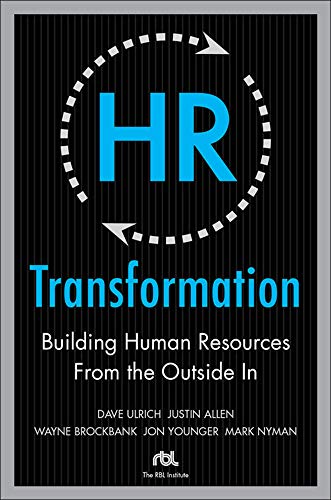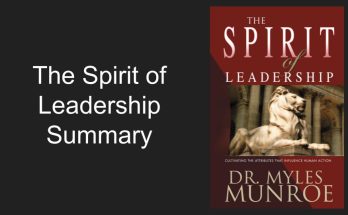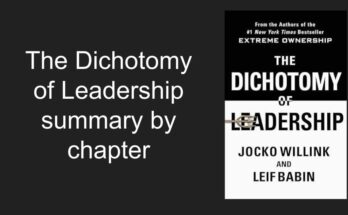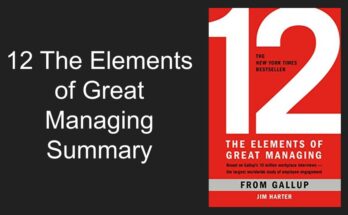In the HR Transformation summary, I will briefly share the book and phases of HR transformation.
HR Transformation – Building Human Resources from the outside by Dave Ulrich, Justin Allen, Wayne Brockbank, John Younger, and Mark Nyman is a handbook for HR transformation.
In HR transformation Dave Ulrich and his team cover theory and practical for successful HR transformation that other HR professionals can reflect.
What are the key takeaways from the HR transformation summary?
- Why should you read this book?
- What are the four phases of HR transformation?
- Phase 1 – Build the business case.
- Phase 2 – Define the outcomes.
- Phase 3 – Redesign HR
- Phase 4 – Engage line managers and others
Why should you read this book?
The biggest challenge for HR professionals today is contributing to business success in the organization.
Most HR professionals focus on HR functions internally rather than externally, which stakeholders need HR to deliver.
If HR wants to succeed as a business partner, their goals must be related to business goals, and their policies processes also must be business-oriented.
Read this book, and you will learn:
- How is HR transformation not regular HR activity but helping in business succeed?
- How does HR transform as per business requirements?
- How does HR add value to business besides focusing on optimizing the HR department?
- How can HR integrate HR goals around business key result areas?

What are the four phases of HR transformation?
When organizations can deliver what they promise to customers and other stakeholders, HR helps achieve true HR transformation.

HR transformation should be an aligned and innovative business-focused approach to redefining HR. It should not be merely HR department optimization.
In the HR Transformation summary, we will briefly discuss four phases of HR transformation.
Phase 1 – Build the business case.
Phase 2 – Define the outcomes.
Phase 3 – Redesign HR
Phase 4 – Engage line managers and others
This model must be adapted rather than adopted by other HR professionals to avoid pitfalls and ensure business success.
Phase 1 – Build the business case (Why)
When people understand the “why” of the change, the” what” becomes more manageable.
In simple words, if people understand the reason for the HR transformation, the process of transformation could become smooth.
Why do the transformation?
When HR is directly linked to the business needs, the initiatives taken by HR are likely to succeed and sustain as it responds to the real need of the business.

While aligning HR with business strategy, HR leaders should see and understand external factors and business conditions that affect strategies.
HR leaders can reflect on business needs, investments, and business strategy outcomes while keeping customers in mind.
By doing so, HR implements the strategy and plays a crucial role in defining it.
Build the business case for HR transformation.
When HR leaders start thinking about the impact of their departments on the context of business, they change their conversation with line managers. As a result, they are in a better position for HR transformation.
While proposing HR transformation, HR leaders can relate its outcome with business strategy and help.
Phase 2 – Outcomes (What)
HR transformation must have defined outcomes and the process to measure these outcomes.
Business managers would like to know and understand the impact of HR transformation, and the question is, how can you measure the impact of HR?
Many HR leaders would share data like how many people they hired in the good old days. How was the performance appraisal? How many people got promoted or got fired? Etc.,
I am not saying tracking these activities is not required, but what is needed is to know the business impact and what value it drives to business?
Usually, HR transformation should have two outcomes.
First, HR transformation should help businesses achieve whatever is promised to stakeholders.
Second, it should help businesses build more HR capabilities for the future.
Phase 3 – HR Redesign (How)
The third phase of HR transformation answers how to do transformation?
There are 3 components for HR transformation.
- The HR department may need to be redesigned.
- HR practices to be more aligned with business requirements.
- HR professionals may need to upgrade themselves with new competencies.
Redesigned the HR department.
An HR leader can follow three overriding principles to redesign HR.
- Make HR follow the logic and structure of a business
- HR to follow the flow of any professional service organization
- Differentiate between transactional and transformational HR work.
While implementing these three principles, HR can have there 5 overlapping responsibilities.
- HR as a service center
- Corporate HR
- Embedded strategic HR
- Centre of expertise
- Operational execution.

HR policies are more aligned with business needs.
To transform your HR practices, take the internal organization, HR leader, and process redesign group on the same page.
Create a master HR system for the organization with possibilities for amendment as and when the need arises.
Upgrade the HR professionals
There is a four-step model for building competencies for HR professionals in any business.
Step 1: Articulate a theory or set a standard.
Step 2: Assess individuals and organizations.
Step 3: Invest in talent improvement.
Step 4: Follow up and track competence.
Phase 4 – HR accountability (Who)
HR accountability is about who can be a part of HR transformation and hold HR leaders accountable.
Ideally, accountability of HR transformation should be shared with other line managers, business managers, and if possible other stakeholders.
An HR transformation team should meet regularly to identify progress made or any changes required in the plan. The HR head ideally sponsors this team, and business managers can chair meetings.
This team meets regularly and sets deliverables and milestones for HR transformation.

Milestones define what should be done, activities define how it should be done, and outcomes define how to assess if it is done?
In this short HR transformation summary, I tried to cover phases of HR transformations. There are many practical examples in the book, like intel, Pfizer, and Flextronics.
Check out other book summaries.


